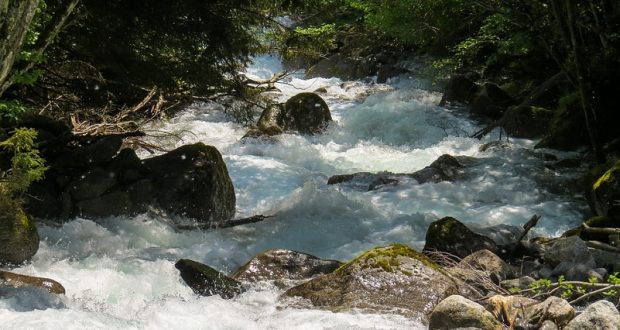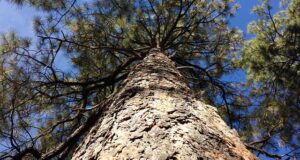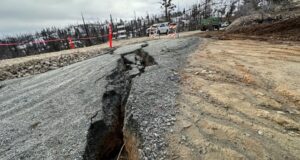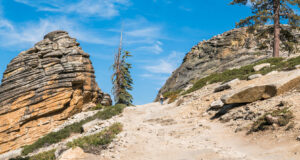CLOVIS – As warmer weather arrives in the region, rivers fed by melting snows over the High Sierra will cause rivers to rise.
The Upper Kings, San Joaquin, and Merced rivers will swell with swift and cold water that will also fill into Bass, Shaver, Huntington and many other lakes that can be found and enjoyed on the Sierra National Forest (SNF).
The air will be warm but the water will be extremely cold and running swiftly. As inviting as the water seems on a hot day it can be very dangerous, and forest officials urge everyone to be wary of the waterways this time of year.
Cold water can cause hypothermia to set in quickly and overwhelm even the strongest of swimmers, becoming too weak to escape.
Be cautious anytime you or your family are near rivers and streams. When water appears warm or slow moving there are sometimes strong currents moving below the surface.
It is important to take care when walking on slippery surfaces around or even in the water. A slippery and uneven river bottom combined with the river’s swift current can cause you to lose your balance and sweep you downstream, not to mention debris or other potential underwater hazards.
Here are a few additional tips to follow, for you to recreate in or around water on the Sierra National Forest responsibly;
- Check river and stream conditions before heading out on your adventure and always let someone know where you are going and when you will return.
- Inquire about swimming regulations. At some recreation sites swimming is not recommended or may even be prohibited. Follow “No Swimming” signs.
- Where allowed, choose swimming areas carefully. Often hazards are not visible in what may seem like a good place to swim or wade.
- Wear a properly fitting personal flotation device (life jacket) for all river activities. Don’t assume you have the swimming skills to keep you afloat, even the strongest swimmers not be a match for water conditions.
- When near rapids or other moving water, always stay on the established trails or developed areas.
- Keep a close watch on children even if they are far from the water. Water safety for children is especially important as they can quickly enter the water when your attention is diverted for only a moment.
- Don’t walk, play or climb on slippery rocks and logs near rivers and streams.
- Don’t swim or wade upstream from a waterfall, even if the water appears shallow or calm.
- Be cautious of sudden drop-offs.
If you fall in, don’t panic; turn on to your back and point your feet downstream and on the surface (can you see your toes?). If you are on the shore, always try to rescue from the shore and have someone call 911 to get help.
For more tips on swimming safely in rivers, lakes and streams, click here for information provided by the American Red Cross




